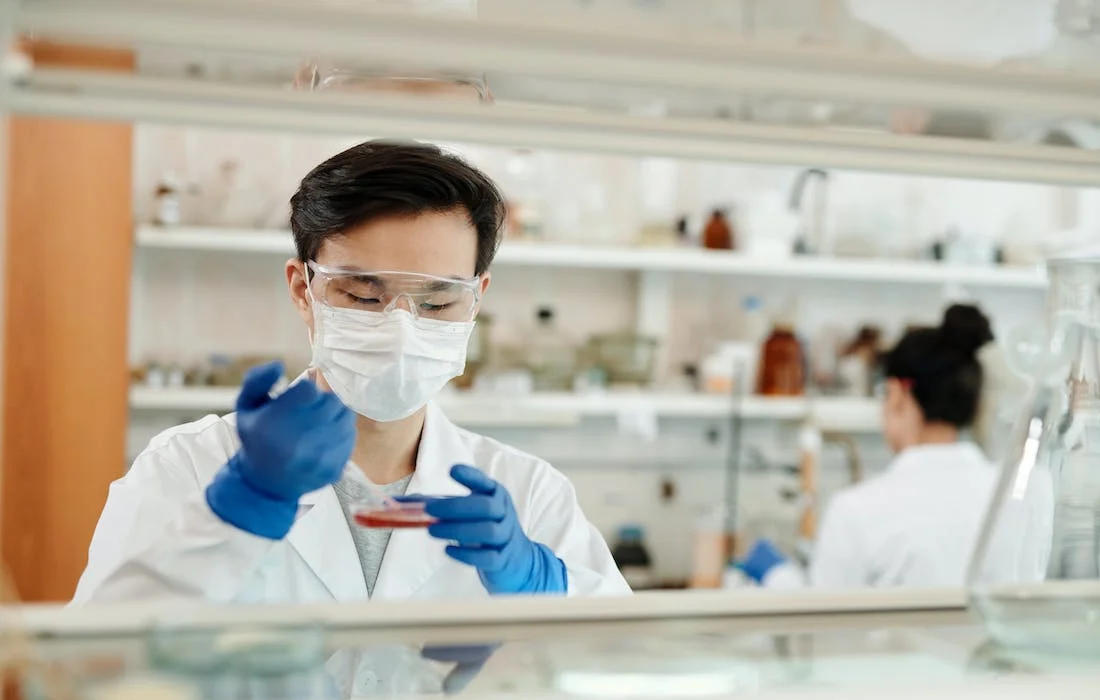Regenerative Medicine News and General Information
CRISPR-Cas3 System Restores Dystrophin Function in Stem Cells Derived from Patients with Duchenne Muscular Dystrophy
Duchenne muscular dystrophy (DMD) is a muscle degeneration disorder caused by mutations affecting the dystrophin gene.
On August 24th, 2023 in the journal Stem Cell Reports, researchers show how a dual CRISPR RNA method restored dystrophin protein function in induced pluripotent stem cells derived from DMD patients.
The approach worked by removing large sections of the dystrophin gene, allowing the cells to skip faulty or misaligned sections of the genetic code. This yields truncated but still functional proteins for a wide variety of mutation patterns associated with DMD.
Due to significant variations in the mutation patterns affecting the dystrophin gene, deleting a small section of the gene can only be used for a limited number of DMD patients.
Multi-exon skipping (MES) has broad applicability to various DMD mutation patterns. By targeting the mutation hotspots in the dystrophin gene, MES from exon 45 to 55 was estimated to benefit more than 60% of DMD patients. Unfortunately, few techniques are available to induce a large deletion to cover the target exons spread over several hundred kilobases.
To overcome this hurdle, Hotta and his team used CRISPR-Cas3 to induce a deletion of up to 340 kilobases at the dystrophin exon 45-55 region in various DMD mutation patterns. Because it was rare to observe a deletion of more than a hundred kilobases using a single CRISPR RNA — which helps to locate the correct segment of DNA — the researchers used a pair of CRISPR RNAs inwardly sandwiching the target genomic region.
The authors note potential limitations of the dual CRISPR RNA system. First, there is variation in the deletion pattern, and the precise start and end points of the deletion cannot be fully controlled. This could be a drawback when a large but precise deletion is required. Second, the study did not demonstrate the functionality of the recovered dystrophin protein. Third, other methods should be developed to improve the overall genome editing efficiency of the Cas3 system.
This study was partly supported by the Japan Agency for Medical Research and Development, the Japan Society for the Promotion of Science, the iPS Cell Research Fund, and the National Center of Neurology and Psychiatry. Akitsu Hotta is a scientific adviser of C4U, and several co-authors have submitted a patent regarding this study.
Sources:
Yuto Kita, Yuya Okuzaki, Youichi Naoe, Joseph Lee, Uikyu Bang, Natsumi Okawa, Akane Ichiki, Tatsuya Jonouchi, Hidetoshi Sakurai, Yusuke Kojima, Akitsu Hotta. Dual CRISPR-Cas3 system for inducing multi-exon skipping in DMD patient-derived iPSCs. Stem Cell Reports, 2023; DOI: 10.1016/j.stemcr.2023.07.007
Cell Press. (2023, August 24). CRISPR-Cas3 gene editing system restores dystrophin function in stem cells derived from patients with Duchenne muscular dystrophy. ScienceDaily. Retrieved August 25, 2023 from www.sciencedaily.com/releases/2023/08/230824111922.htm
Photo by Edward Jenner from Pexels: https://www.pexels.com/photo/man-doing-a-sample-test-in-the-laboratory-4033148/

